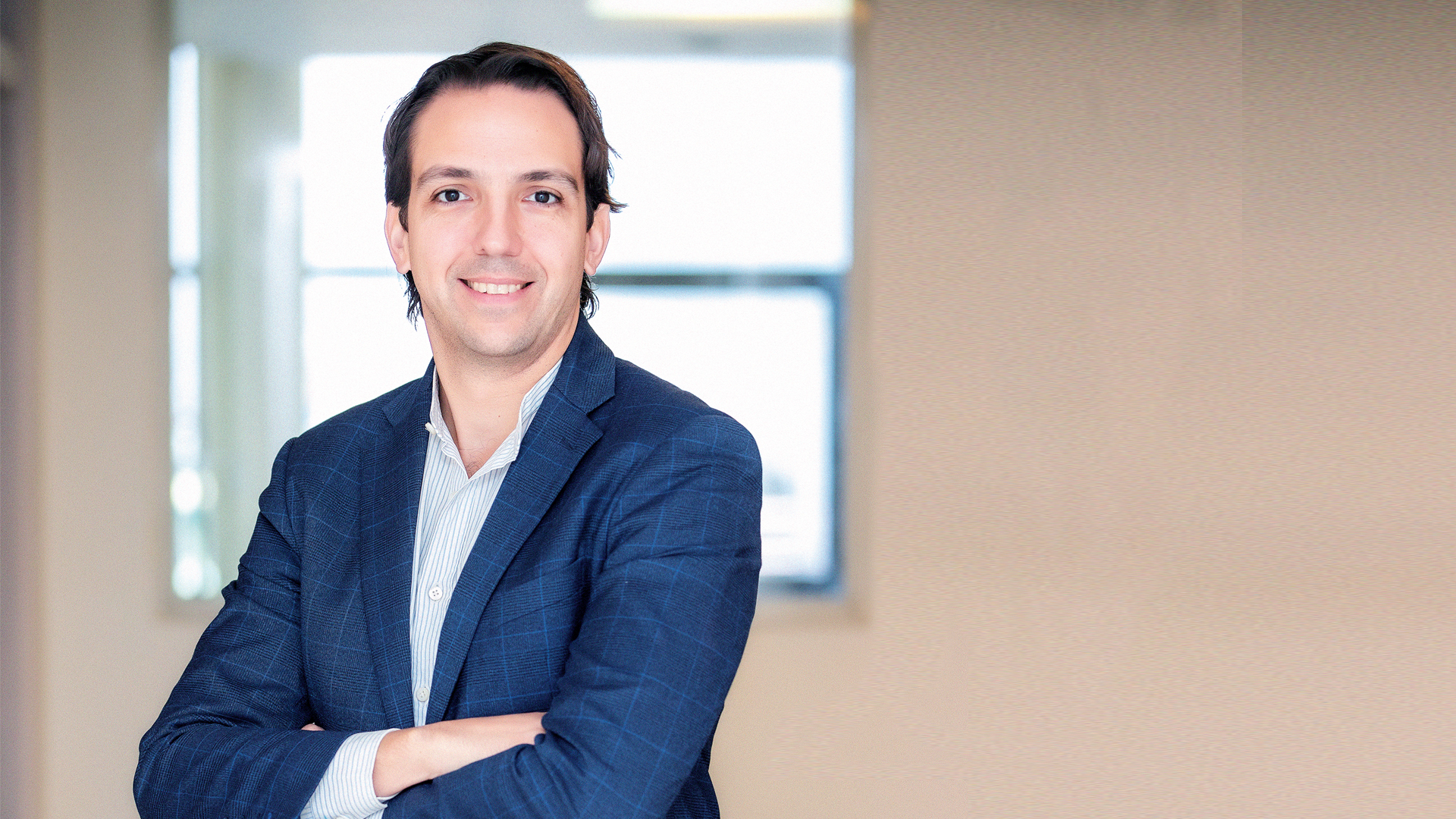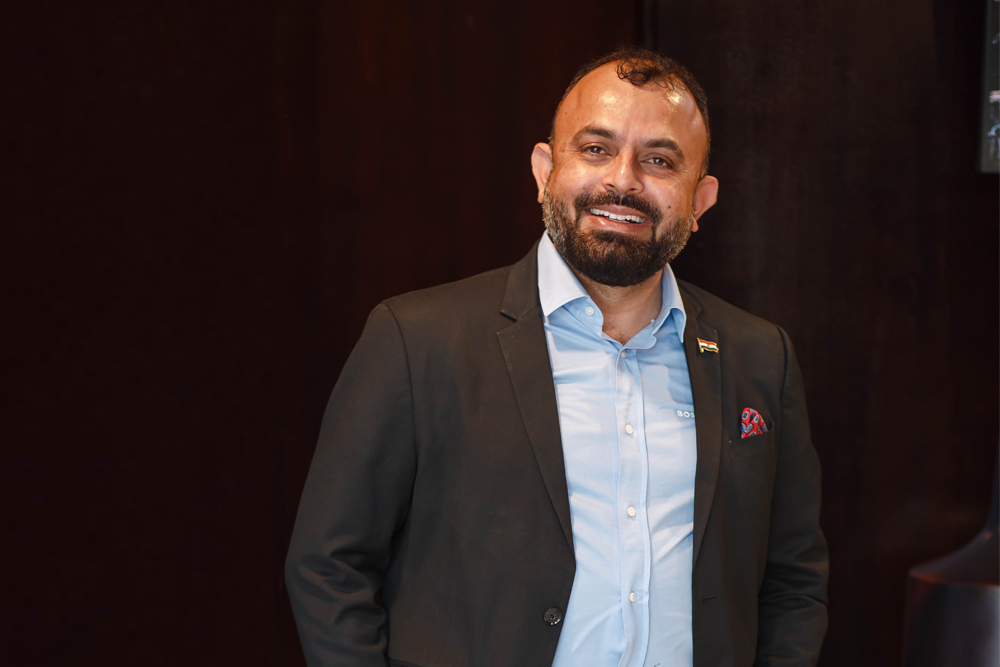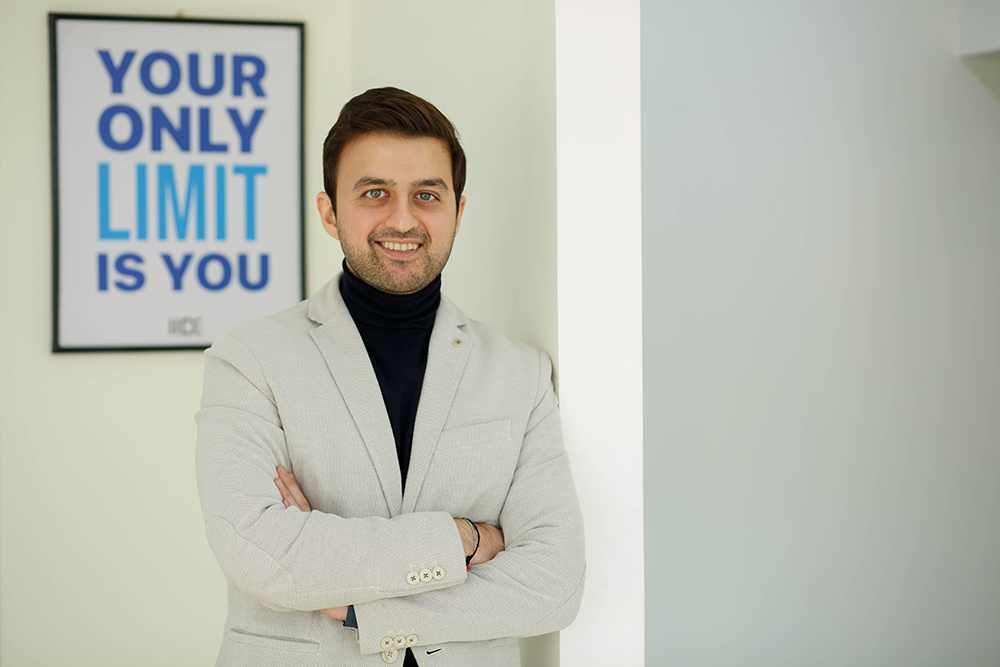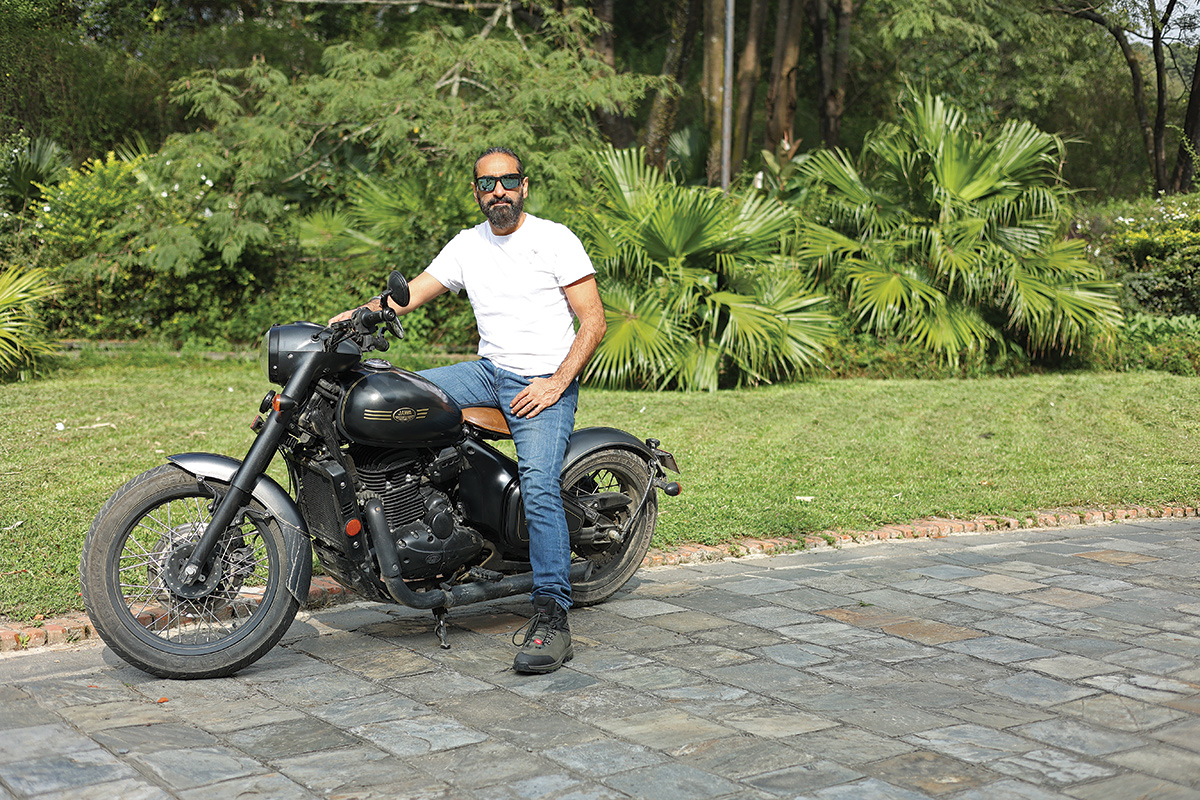
Anupam Thareja is the Co-founder and Director of Classic Legends and the Founder and Managing Partner of Phi Capital which is a private equity growth fund. Recently in the capital, Thaerja is also recognised as an investor, serial entrepreneur, and turnaround expert in the financial and corporate world. He is someone who has taken the road less travelled to entrepreneurial success, eschewing the comfort of running a successful family business. He serves on the boards of several companies in sectors like engineering, automobiles, retail brands, NBFCs and group companies of Mahindra and TVS.
Though he does everything with indiscriminate passion and indulgent belief, the lifelong love affair with biking has now found its fullest expression – building a bike company again. Reintroducing an iconic brand like JAWA is both his passion and pride, combining his love of riding with the thrill of reviving a motorcycling legend. Business partners of Classic Legends are Anand Mahindra and Boman Irani.
Excerpts of a conversation focused on Jawa in Nepal with a man who cherishes the good things and has a taste for living the large life:
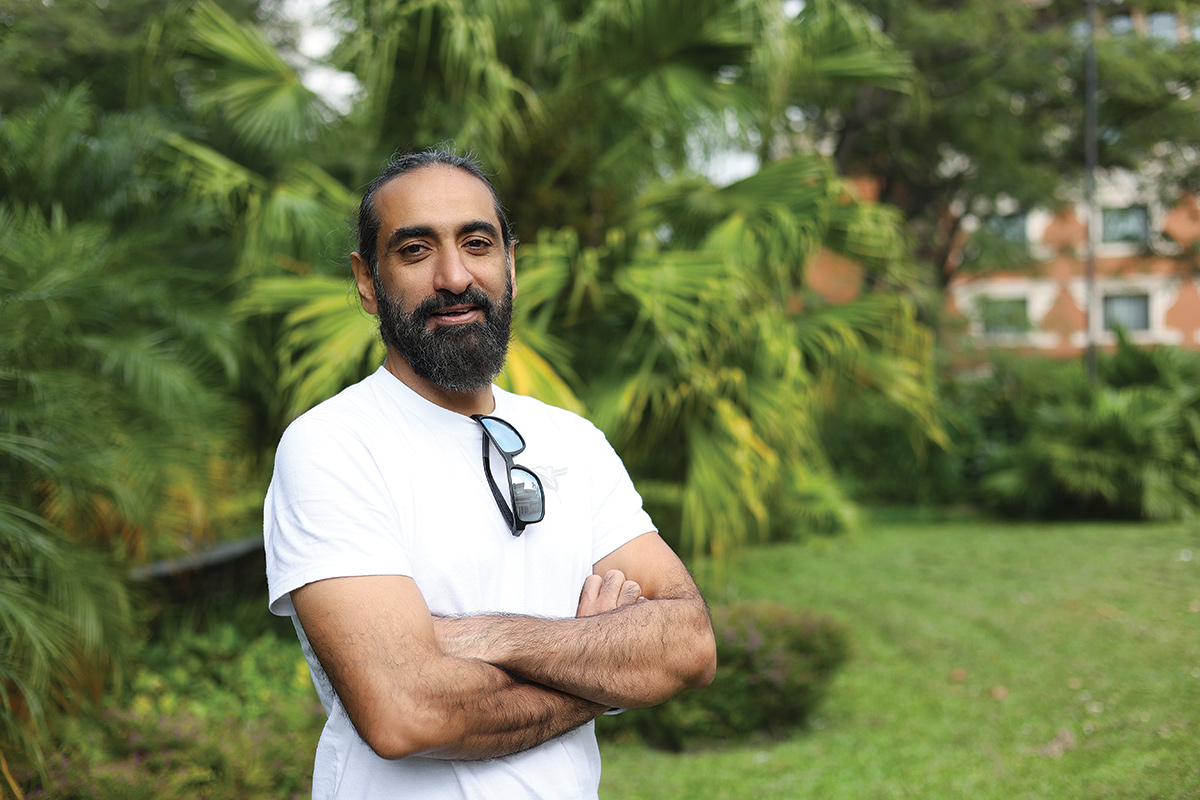
How do you view the market potential of Jawa in Nepal?
Our bikes are ideally suited for Nepal. Moreover, we have got a very good distributor who understands the market. One of the best aspects of our bikes is they are very high torque, which means they are perfectly suited for the hilly and mountainous terrain of Nepal. The other factor we are proud of is our bikes are classic and beautiful. Though our motorcycles are classic, we have incorporated the latest technologies. For instance, the engine is liquid cooled. While riding in the hills, the engine gets heated so this technology helps deal with the issue. Whether from the technology point of view or its looks, Nepali customers have loved our products and I believe the market for our bikes here will gradually expand. What I would like to emphasise is that our products do have the latest technologies but are built with a lot of love and passion. An unfortunate thing is that after we launched our products, the Covid 19 pandemic broke out, and we were not able to do as much as we had expected. But we have made a mark in the market despite that crisis. We organised a bike rally to Nagarkot from Kathmandu and I was surprised to see so many participants within a 24-hour notice. This goes to show that customers in Nepal do love our brand. Meanwhile, I also got the opportunity to interact with many of our customers. In Nepal, we have noticed that our Jawa in maroon has been more in demand. At present, demand for the Jawa 42 is steadily rising, especially among the young riders. It is very satisfying that Nepali customers have accepted our offerings and we plan on doing something big here. Till date, we have had to put on hold all our plans due to the pandemic. During my stay, I will meet the team here and try to understand the market better. Very soon you will see new product launches. We want a big rejuvenation of our brand in Nepal.Could you tell us how the Indian two-wheeler market has evolved and how you plan to fit into the already crowded market there?
It’s a very interesting question because when we were starting with this project a lot of people asked me ‘why a two-wheeler’. There already were so many players in the market – super Indian brands and European and Japanese brands. Yamaha, Honda, Suzuki, the best Japanese companies have been in India since long and in recent years, even BMW and Harley Davidson have forayed into the Indian bike scene. So, with all the big players having already established themselves, people said there was no logic behind it. In a way it was true as it takes a lot of time to make a motorcycle, in terms of quality and design. However, we have been lucky. I have always had a passion to revive brands and I was fortunate to get my hands on Jawa, Yezdi and BSA. But I always tell people that we didn’t decide to revive the brands, it was the other way round. The brands were so beautiful, they impelled us to revive them, they gave us a chance to be associated with something so beautiful.
Are there any new launches planned?
Yes, we will be doing so but I can’t tell you the dates or models. One advantage we have with a classic motorcycle is we don’t need to change the design every year. People love them for what they are. Of course, the technology and quality need to be constantly upgraded and features need to be added. Accessories are also important and definitely the lifestyle too. What I want people to understand is I am not selling motorcycles. What I am selling is motorcycling, a lifestyle. For instance, when we started the bike ride to Nagarkot in the morning, not many riders knew each other but by the time we returned to Kathmandu we had become like friends. So, it is a lifestyle I am focusing on and lifestyle comes with the product, accessories and community. That’s what we are trying to build as a brand. So when I say launch I would often say that we will do a lot of new things for our customers and with our customers in motorcycling. Having said that, we have three brands and have launched only one – Jawa. The remaining two will soon be launched.What has the journey been like?
I would say it has been surprising and satisfying. Jawa particularly went out of the market in the 1970s. So, we were worried whether people would still remember it, would they love it? Will people be able to identify with our brand? Will we be able to do justice to such a beautiful brand? There were many questions we had to deal with. At times, the original is so beautiful that it is difficult to replicate it. I would say God has been kind we were able to take out a product that justified the brand. People loved it. The Covid hampered many of our plans and it was heartbreaking because we would have been somewhere else today in terms of numbers. However, the strength of the brand was visible. Despite the crisis, we are one of the few growing companies in India.Whether it is a two-wheeler or a car it is an expression of yourself. They become a part of you. Especially so when you are riding a motorcycle, you become one with the engine. You make memories.
A lot of youngsters today opt for two-wheelers. Do you think this trend is here to stay?
Whether it is a two-wheeler or a car it is an expression of yourself. They become a part of you. Especially so when you are riding a motorcycle, you become one with the engine. You make memories. The motorcycling trend had somewhat died out in the recent past but now there has been a revival. One reason, I think is the Covid pandemic. It is like ‘revenge’ buying – people want to get out from their confined spaces. The other reason I believe is this generation wants to belong somewhere. These days everything has become ubiquitous, everybody has the same Facebook, same Instagram. Everybody seems to be doing the same thing. And when you give them something different that they can identify with, they just come and love it. They want to belong to a tribe. A lot of brands are trying to build that but I think only a few will succeed. Jawa, in the meantime, has succeeded beautifully in giving the present generation a sense of belongingness to a tribe. By definition, a tribe means a tight-knit community with strong beliefs and for that, you require a particular brand. If you are selling millions of motorcycles it is very difficult to create a community. It is not that those bikes are good or bad, it is just that they sell them for a different reason – the mass market. Today, more youngsters want to buy premium brands with whom they can associate whether it be lifestyle or design or what the brand stands for.Any expansion plans?
The first thing is we need to properly launch the brand in Nepal. Once Yezdi and BSA are launched they will definitely be here in Nepal. In fact, we are planning to do a simultaneous launch in India and Nepal. We will also be launching them globally. At present we are exporting to Europe. Jawa is actually a Czech brand. But now they are importing from India and distributing across Europe. We will also be launching in Bangladesh and Sri Lanka. With our BSA brand, we will be focusing more on Western Europe and the United States. Jawa was very strong in Argentina, Africa and the eastern bloc in Europe whereas Yezdi was a loved brand in India. This is how we will be positioning our brands. READ ALSO:
Published Date: November 15, 2021, 12:00 am
Post Comment
E-Magazine
RELATED ETC


.jpg)
